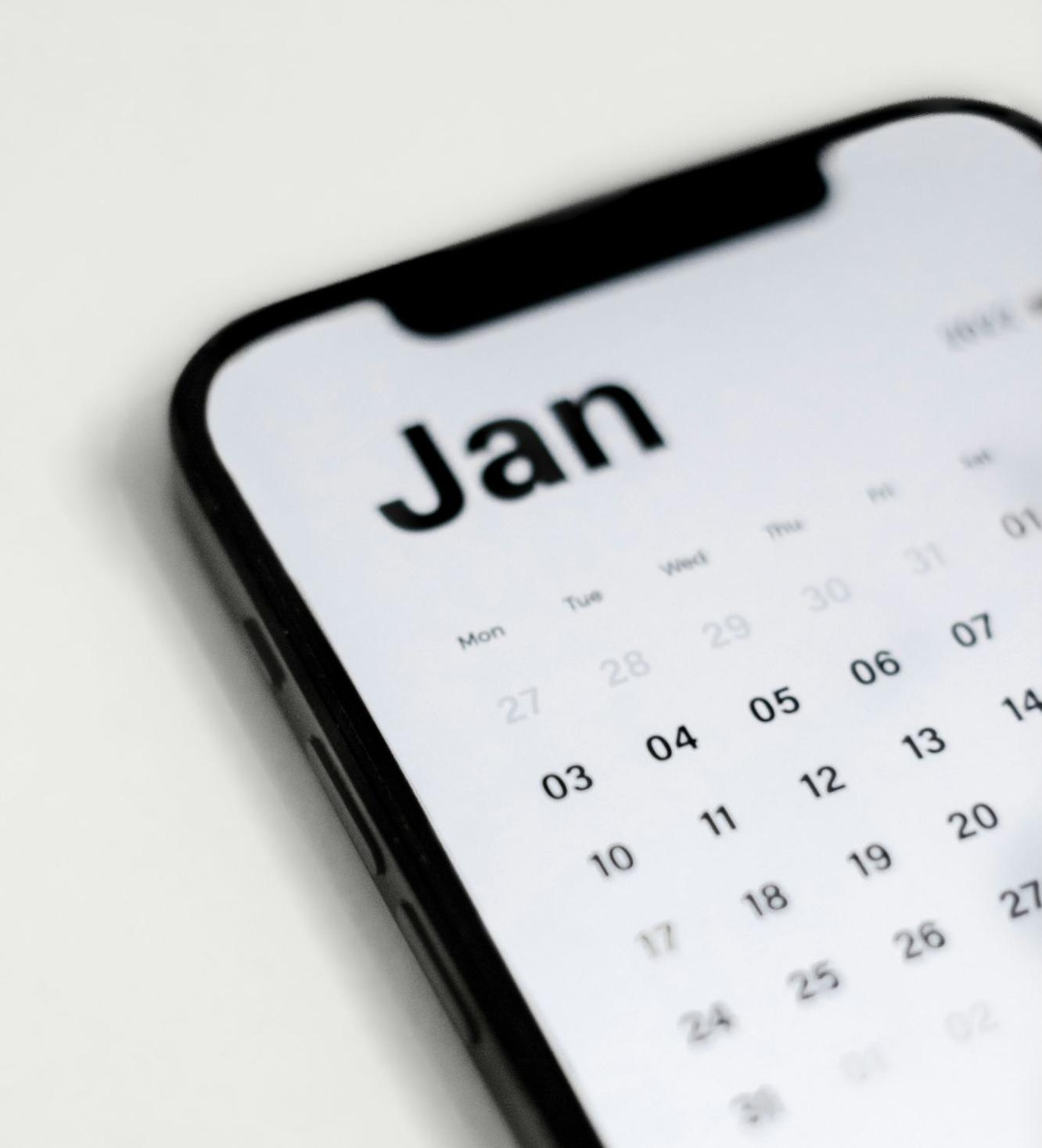“The most important thing in communication is hearing what isn’t said.” – Peter Drucker
When it comes to your professional and personal life, communication is the foundation of establishing success in all your relationships. Professionally, how you communicate can make or break your status-especially with clients. Whether it’s a Zoom call or in-person meeting, it’s important to practice and establish great communication skills so your clients, customers and coworkers know they’re getting your absolute best.
And believe it or not, listening is a skill-and all skills can be improved.
As a member of TJA’s Client Services team, we spend a lot of energy honing our communication with each other and with clients. Our team’s success rides heavily on our ability to not only speak positively and confidently, but also ensure we aren’t just hearing our clients-we’re listening to them. When our clients feel special (because they are), they’re receptive to the work we provide and the process we follow.
That being said, let’s get specific. There are a litany of ways you can be a better listener, but here are four tips we recommend trying to open your ears and actively listen.
1. Quiet the Voices in Your Head
It may seem counterintuitive, but active listening is a huge part of communication. It’s human nature to want to speak and be heard, but there’s a massive difference between listening and waiting to speak. It may be a challenge, silencing your inner dialogue and ACTIVELY listening is incredibly important to developing positive relationships.
Instead of using someone else’s “turn” speaking to formulate your next thought, invest yourself in their words. What are they saying? What are you learning about them and their story?
When you stop focusing on your own thoughts and what you might say next, you open up to a new realm of observation. You see body language shifts and social cues from facial expressions. You hear small (but potentially business-critical) bits of information that the speaker would really like you to remember.
Consider this: listening to someone speak is an adventure, but no epic saga begins if you don’t choose to start it.
2. Don’t Lose Your…uh…Focus
Think back to grade school. Remember how frustrated our teachers would get when we wouldn’t sit still? Or when we used to continue speaking, even when they asked us to stop?
That frustration is warranted. Speaking without being heard is infuriating enough-it’s only made worse when the listener is visually unfocused or distracted.
So let’s pull a lesson from the past and apply it today. When you’re practicing active listening, try to avoid:
- Fidgeting in your seat, shaking legs, tapping fingers, dancing, etc.
- Playing with handheld objects like fidget spinners or Rubik’s Cubes (lookin’ at you, Doug!)
- Staring out windows, at phones or non-relevant objects (more on eye contact later)
And, lastly, something to do consistently: take notes. If you’re able to juggle accurate note taking with active listening, you’ll be able to provide strong meeting summaries for follow-ups-it shows you were actually listening, if nothing else.
Besides, who doesn’t love a good notebook?
3. Rock Your Body (Language)
So you’re actively listening and staying focused, but there’s an even higher echelon of listening: body language.
Our posture and body language are tools that we can use to subconsciously show people that we’re invested in their words. Everything from head position, arm placement and even shoulder posture can make your speaker feel confident-or, sometimes, incredibly uncomfortable.
Paramount to all of these things is eye contact. When you maintain eye contact with your speaker, you reflect security, integrity and comfort with that person. Conversely, when you avoid eye contact, it conveys discontent, disinterest or even dishonesty.
So how do you improve at maintaining eye contact? Try picking a point on your speaker’s face like the bridge of their nose or between their eyebrows-then, stare. It might feel awkward at first, but that’s more internal dialogue you’ll need to quiet. To your speaker, it’ll feel like you’re hanging on their every word…because you are!
Other good body language practices:
- Keep your shoulders square to your speaker
- Keep your hands in front of you, not behind you, crossed or in your pockets
- Maintain a strong, upright posture
- Use hand gestures when appropriate
- Nod your head in agreement as a silent affirmation
4. Listen. Clarify. Repeat.
It’s your turn to speak. Ready?
One of your primary objectives should be clarification. How can you solidify with the other party that you were previously giving them the same courtesy that you hope they’re currently giving you?
Communication is a simple recipe with two very important ingredients: listening and clarifying.
Prior to most of our meetings, our CS team will bring important questions we have to our clients, to make sure we get the information we need. But that isn’t always 100% effective. Actively listening allows us to hear important updates that oftentimes raise new questions we may not be prepared for.
It also helps when learning about new industries. Sometimes we jump feet-first into an unfamiliar business (like rodent birth control). In situations like that, it’s more important than ever to ask all the right questions and reiterate every detail.
And there’s no better time to clarify than the present. A simple, “Can you tell us more about that?” goes a long way when it comes to new information. The more information we get, the better our agency can execute rad work!
* * *
That may seem like a lot to do while someone else is speaking, but the more you practice, the more these four things become second nature. Besides, it’s all worth it-your reward will be happy people, honest relationships and better business.
Your time is valuable. Be heard. Contact us to get the ball rolling and get started making your vision a reality with TJA.




